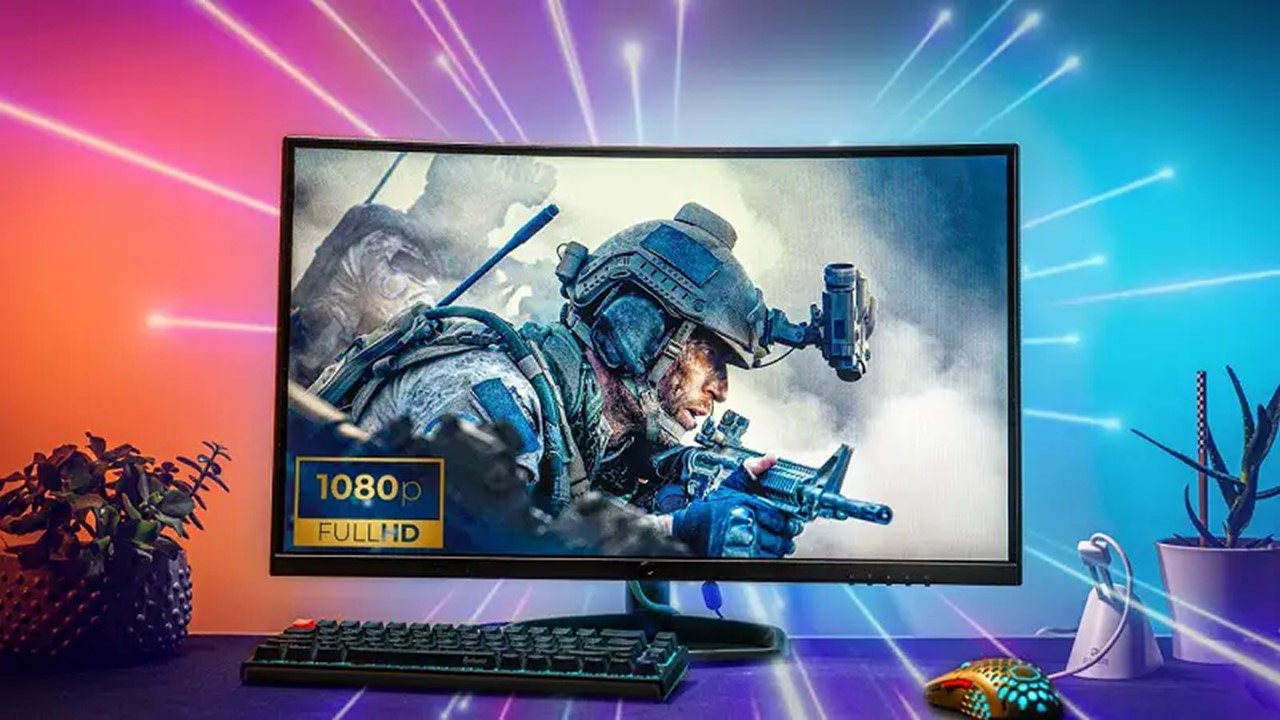Are you frustrated with your computer system slowing down when gaming at 1080p, even though you have a GPU with low workload?
The culprit may be a CPU bottleneck. In this article, we will explore the reasons why CPU bottlenecks occur at 1080p and how they impact overall system performance.
We’ll also look at the factors that contribute to CPU bottlenecks, including single-threaded CPU performance, CPU core count and utilization, memory speed and latency, and GPU performance.
By understanding these factors, you can make informed decisions when building or upgrading your gaming PC to avoid CPU bottlenecks and improve overall system performance.
In This Article
Reasons Why CPU Bottlenecks at 1080p

1080p is a popular resolution for gaming, as it strikes a good balance between visual quality and performance.
However, CPU bottlenecks can occur at this resolution, leading to lower frame rates and overall system performance.
Understanding the reasons for CPU bottlenecks at 1080p can help gamers make informed decisions when building or upgrading their gaming PCs.
Single-threaded CPU Performance
Single-threaded performance refers to the ability of a CPU to process a single instruction or task at a time.
This is determined by factors such as the clock speed of the CPU and its architecture, and is often measured in instructions per clock cycle (IPC).
A CPU with higher single-threaded performance can execute more instructions in a given amount of time, which can lead to better overall system performance.
- The impact of single-threaded performance on 1080p gaming
Many games rely heavily on a single core of the CPU to handle critical tasks such as physics calculations, AI processing, and game logic.
If the CPU’s single-threaded performance is insufficient, it can lead to bottlenecks and lower overall frame rates.
This is particularly true in games that are not optimized for multi-core CPUs, which may see little benefit from a higher core count and utilization.
CPU Core Count and Utilization
CPU core count refers to the number of physical cores on a CPU, while utilization refers to the percentage of each core’s processing power that is being used.
A higher core count and utilization means more processing power is available, which can lead to better overall system performance.
- The impact of CPU core count and utilization on 1080p gaming
Games that are optimized for multi-core CPUs can see significant performance gains with a higher core count and utilization.
However, not all games are optimized for multi-core CPUs, so it’s important to consider single-threaded performance as well.
In addition, some games may not be able to utilize all available CPU cores, leading to inefficient utilization and lower overall performance.
Memory Speed and Latency
Memory speed refers to the rate at which data can be read from or written to memory, while latency refers to the amount of time it takes for the CPU to access memory.
Higher memory speed and lower latency can lead to faster data transfer and better overall system performance.
- The impact of memory speed and latency on 1080p gaming
Memory speed and latency can impact gaming performance, particularly in games that are heavily reliant on CPU performance.
Faster memory can improve the speed at which the CPU can access and process data, leading to better overall system performance.
However, the impact of memory speed and latency may be less noticeable than other factors such as single-threaded performance and GPU performance.
GPU Performance
GPU performance refers to the ability of the graphics card to render and display graphics.
This is determined by factors such as the number of CUDA cores, memory bandwidth, and clock speed.
A higher-performing GPU can handle more complex and detailed graphics, leading to better overall visual quality and frame rates.
- The impact of GPU performance on CPU bottlenecks at 1080p
While GPU performance is not directly related to CPU bottlenecks, it can indirectly impact CPU performance.
If the GPU is not capable of rendering graphics quickly enough, the CPU may be forced to wait for the GPU to catch up, leading to bottlenecks and lower overall frame rates.
Upgrading the GPU can help alleviate this bottleneck and improve overall system performance.
Solution:
You can resolve this issue in two ways. You can either upgrade to a better quality and faster CPU if possible.
If you do not wish to invest in a new CPU anytime soon, you must start gaming at either higher resolutions or lower resolutions.
When you start gaming at 1440p or 4K your GPU has to slow down, bringing down its processing speed, thereby preventing CPU bottlenecking.
At lower resolutions both your CPU and GPU are not overloaded and therefore do not need to worry about processing speed and bottlenecking.
Conclusion
To avoid CPU bottlenecks and improve overall system performance while gaming at 1080p, it is important to understand the factors that contribute to CPU bottlenecks.
Upgrading to a better quality and faster CPU is one solution, but if you don’t want to invest in a new CPU, gaming at higher resolutions or lower resolutions can also help.
By making informed decisions when building or upgrading your gaming PC, you can avoid CPU bottlenecks and improve your overall gaming experience.